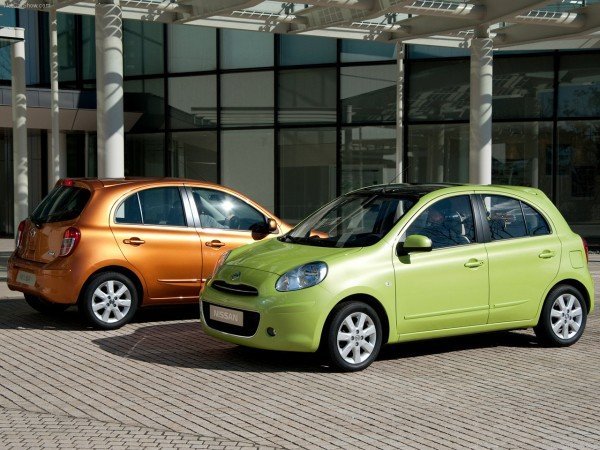Nissan introduced new engine for Micra

Known as the DIG-S, the engine is a direct injection unit with a supercharger - therefore the car's name: Direct Injection Gasoline-Supercharger. It delivers, the automaker says, sparkling performance, frugal economy and exceptionally low emissions.
Designed to meet and go over the everyday driving demands of the modern world, Micra is the ideal city car transport solution.
The engine is full of the technical innovation. The DIG-S uses the Miller cycle and direct petrol injection to raise the compression ratio to 13 to 1 for greater combustion efficiency and a supercharger for instant throttle response and added power.
Although many automakers have avoided crankshaft-driven forced induction (due to the efficiency losses, especially on small engines) in favour of turbocharging, Nissan's engineers are backing themselves with the Micra DIG-S.
As well as delivering ultra-low CO2 emissions, the light, low-friction, 1.2-litre, three-cylinder unit produces the power expected from a conventional 1.5-litre four-cylinder engine.
The results are spectacular with the supercharged engine producing output figures of 72kW and 142Nm, balanced by CO2 emissions of 95g/km for the manual version and 115g/km for the CVT version. Maximum speed is 180km/h for manual transmission car, whilst combined cycle fuel economy figures for the manual Visia version is 3.4 litres/100km.
By minimising heat, friction and pumping losses as much a possible, Nissan's engineers have created an engine that sets the standard for the rest of the industry according to the automaker’s press-release.
Its three-cylinder configuration gives many benefits including less weight and further reductions in friction loss, thanks to having fewer moving parts.
Further gains are made thanks to the adoption of advanced engine management systems with start/stop and energy regeneration.
Low running costs are guaranteed not just by the excellent fuel economy but also thanks to tax concessions based on its emissions and to lower servicing bills from the smaller engine. For example, cars producing less than 100g/km of CO2 attract no annual road tax and are exempt from London’s daily congestion charge.
This engine achieves sub-100g/km emissions performance easily accessible while low cost of ownership make it a serious alternative to a comparable diesel, with the added bonus of greater refinement.
In common with industry practice, these headline figures refer to the entry-level version as higher levels of equipment found in plusher models mean extra weight which affects emissions performance. But such is the efficiency of the unit that the most popular version, Acenta, also promises an outstanding CO2 figure: just 99g/km in manual form.
The DIG-S will be given its European debut at the 2011 Geneva auto show during the first week of March, with sales starting in the middle of the year.
Nouvelles connexes


